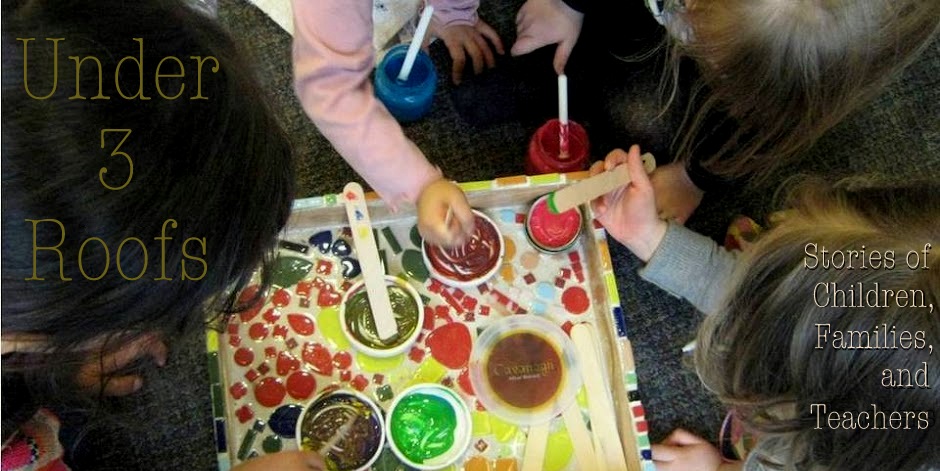“Drawing
is the discipline by which I constantly discover the world.”
- Frederick Franck
For over a month, children across our center have been coming to the Studio to draw. They have been drawing with a variety of materials - from markers to pencils to pastels - and they have been offered a number of provocations. The results have been by turns energetic, controlled, colorful, monochromatic, expansive, minimalist, exploratory, expressive, abstract, and representational. Working with children of all ages as they continue to explore the world of drawing caused me to reflect on why this process is so powerful, and has been throughout human existence. For most artists, even those who work in three-dimensional or technological forms, drawing is a necessity. In the case of James Castle, an artist who was born deaf, drawing became the means of communicating his inner life. It is, in many ways, an essential "language" for us as human beings.
This leads me to wonder:
What does drawing offer to young children?

Drawing works a variety of important muscles – the grip of the
fingers, the flexing of the wrist, the bending of the arm. It helps to build fine motor skills, but it can also be an outlet for gross motor movements.
Drawing invites children to work as individuals to bring their ideas to life – they conceive their own concept, they choose their own materials, they determine the composition. If they return to the same work over and over again, they come to recognize the drawing as their own.
Drawing offers children opportunities for collaboration – they find space alongside each other to work on the same surface, they share materials and ideas, they discuss, dispute, and compromise.
Drawing invites children to make connections – they connect the lines and shapes they create with the world around them, with symbols, with movements, with each other. Drawing from life - whether doing portraits, self-portraits, landscapes, or still lifes - invites them to look closer at sights they see every day, to notice and appreciate their nuances.

Drawing helps children enter into multiple literacies – they imagine their series of squiggles becoming words, they see lines connecting to form letters, they begin to draw representationally. Zigzag lines across a paper become a letter written to parents being missed. Three dots remind someone of their symbol, or a curved line looks like the S in someone's name.
There are surely more things to add to this list - these are simply the ones that come to my mind when I think of the power of drawing.
What additions would you make? What does drawing offer the young children in your life? What does it offer YOU?






